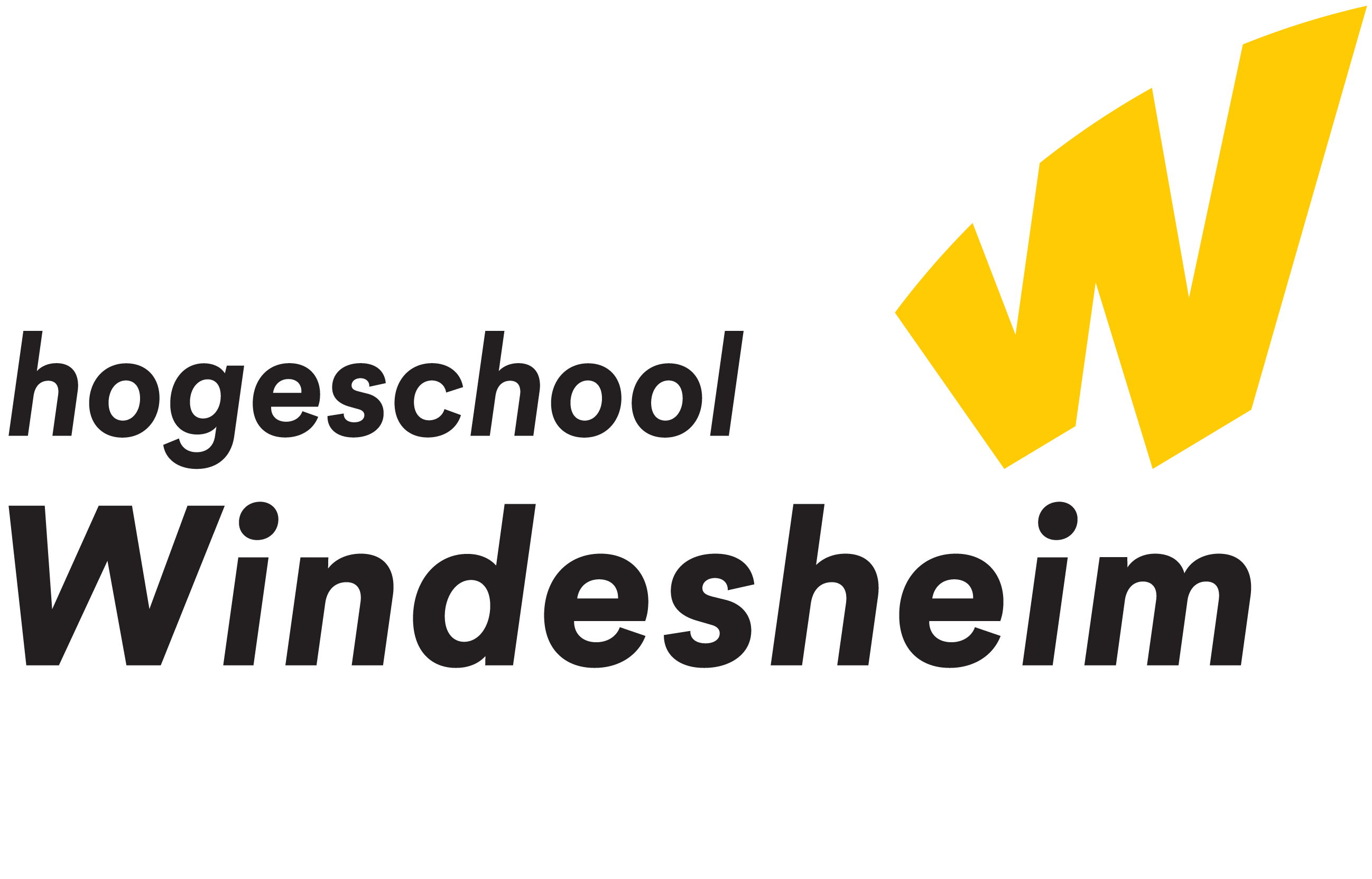Deep mapping in geography education
learning about a distant place and people in a summer school as a ‘committed outlier’Deep mapping in geography education
learning about a distant place and people in a summer school as a ‘committed outlier’Samenvatting
This article discusses Deep Mapping in Geography teaching and learning by drawing on a case study of a summer school organised during the COVID-19 pandemic. Deep Mapping was used to foster deep learning among the students and teach them about a distant place and people. The exercise tasked the students to work on the creation of layered maps representing the fieldwork site, the city of Vancouver, Canada. Critical student reflections about the Deep Mapping process are used to address some of the benefits and challenges. The Deep Mapping exercise stimulated the students to critically engage with the diverse summer school materials, move beyond a superficial view of the city, maps and mapping, and reflect on their positionality. The method is promising in light of making deep engagement with other places more accessible to those who might not have or be inclined to access such international educational experience and also offers another opportunity for blended learning. In conclusion, we argue that Deep Mapping offers a timely and highly engaging approach to learn about a place and people from another part of the world – be it on location or at a distance.

| Organisatie | |
| Gepubliceerd in | Journal of Geography in Higher Education Taylor & Francis, Vol. 49, Uitgave: 2, Pagina's: 227-244 |
| Datum | 2024-09-13 |
| Type | |
| DOI | 10.1080/03098265.2024.2403082 |
| Taal | Engels |



























